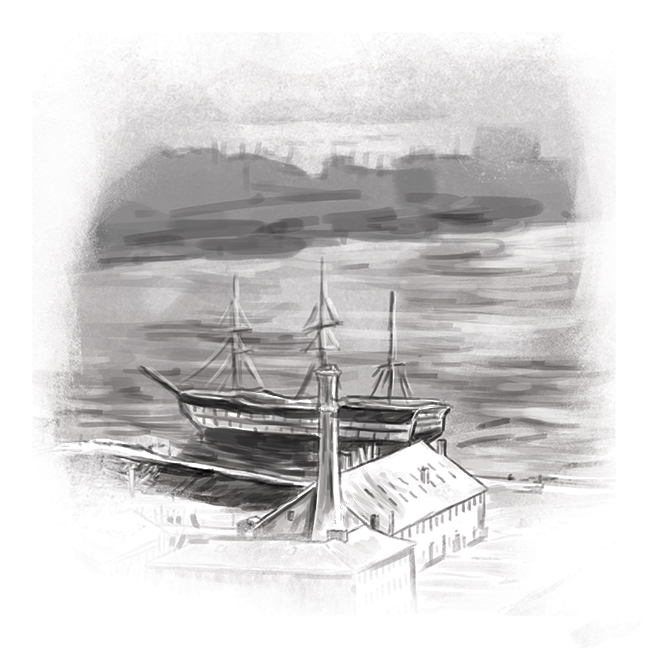Just like bees building a new hive, human beings are no strangers to changing their environment through building up new structures, as one of the oldest cities in the US, Boston is one of the best examples of this concept. With its constantly shifting landscape, nary a year goes by that new structures go up while old ones go down, and so it’s been since the city’s founding. Without a doubt the greatest changes to the city are the ones made to Boston Harbor. Back during the 17th and 18th centuries, Boston was just a peninsula linked to the mainland via a tiny land bridge under what is now lower Washington Street. East Boston didn’t exist back then and the area where Logan Airport now sits was part of the Harbor itself. In fact, much of what is now known as Boston was once underwater and sites that are in the middle of the city were once waterfront property.
It wasn’t until the early 19th century that engineers began filling in the harbor and building the city into the metropolis that it is today. Much of what was filled was done during the 1800s, starting around 1803 and leading up into the beginning of the 20th century. Boston Harbor is an engineering feat that took over 100 years to create and will most likely never be matched again in this country due to our current environmental laws. Without this undertaking, the city of Boston would still only be confined to a lump of land that only just barely escaped being an island, but because of it the city now spans across the whole harbor instead of just a tiny corner of it.
The fill projects were motivated primarily by two major concerns, the one with the most priority being the provision of housing for the city’s growing population, and the other being to address the problems with the tidal flats becoming brackish and fetid due to the backwash of refuse generated by the city as it grew. The largest fill project by far was the Back Bay, which was gradually reclaimed between 1857 and 1894. Aside from taking almost half a century to complete, the fill needed for that project alone took over 3500 railroad cars of gravel a day (at its peak) to fill it all in.
Boston is not the only city to expand by filling in the nearest body of water, Chicago has built its way slowly into Lake Michigan, New York has filled in large portions of the East and Hudson Rivers. What makes Boston Harbor so unique is the extent of the project. By the end of the 1800s the city had created more land in 2 generations than it had in the previous 200 years.

